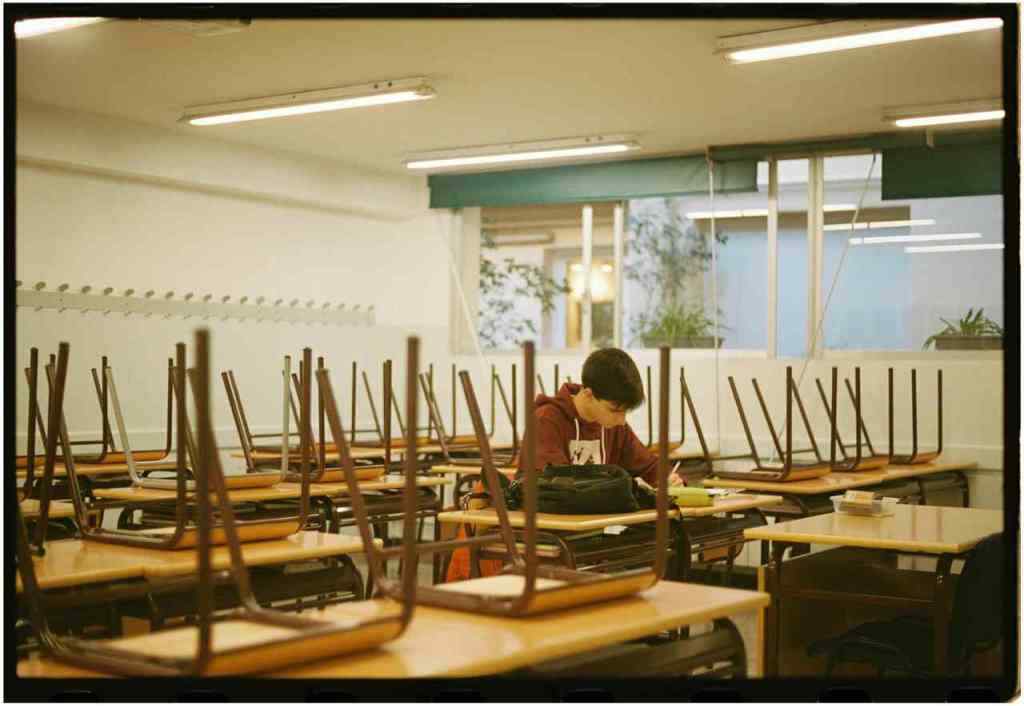Deep Learning Illustrated: Part 3 – Convolutional Neural Networks
Welcome to the third installment of our in-depth exploration into the realm of Deep Learning. If you haven’t delved into the preceding installments, it’s highly recommended that you revisit them to establish a solid understanding of the concepts we’ll be navigating today.
Introduction
Convolutional Neural Networks (CNNs) are a specialized type of neural network architecture designed to process data that exhibits spatial relationships, such as images or videos. They have revolutionized various fields, including computer vision, natural language processing, and medical imaging. CNNs are particularly adept at identifying patterns and extracting features from data, making them highly effective for tasks such as image classification, object detection, and facial recognition.
Convolutional Layer
The cornerstone of a CNN is the convolutional layer. It consists of a series of filters that slide across the input data, calculating dot products between their weights and the corresponding regions of the input. The output of the convolutional layer is a feature map, which captures the salient features of the input.
Deep Learning Illustrated: Part 3 – Convolutional Neural Networks
Applications
CNNs have taken various industries by storm:
- Image Classification: Spotting objects, scenes, and faces in images with uncanny accuracy.
- Object Detection: Pinpointing and recognizing specific objects within images.
- Natural Language Processing: Handling text data like a pro, from sentiment analysis to machine translation.
- Medical Imaging: Lending a helping hand in diagnosing diseases and analyzing medical scans.
Conclusion
CNNs, the rockstars of deep learning, have transformed the computer vision landscape and beyond. Their knack for extracting spatial features and creating hierarchical representations makes them the go-to for tackling complex real-world challenges. As this field continues to evolve, brace yourself for more mind-blowing CNN applications in the future.
